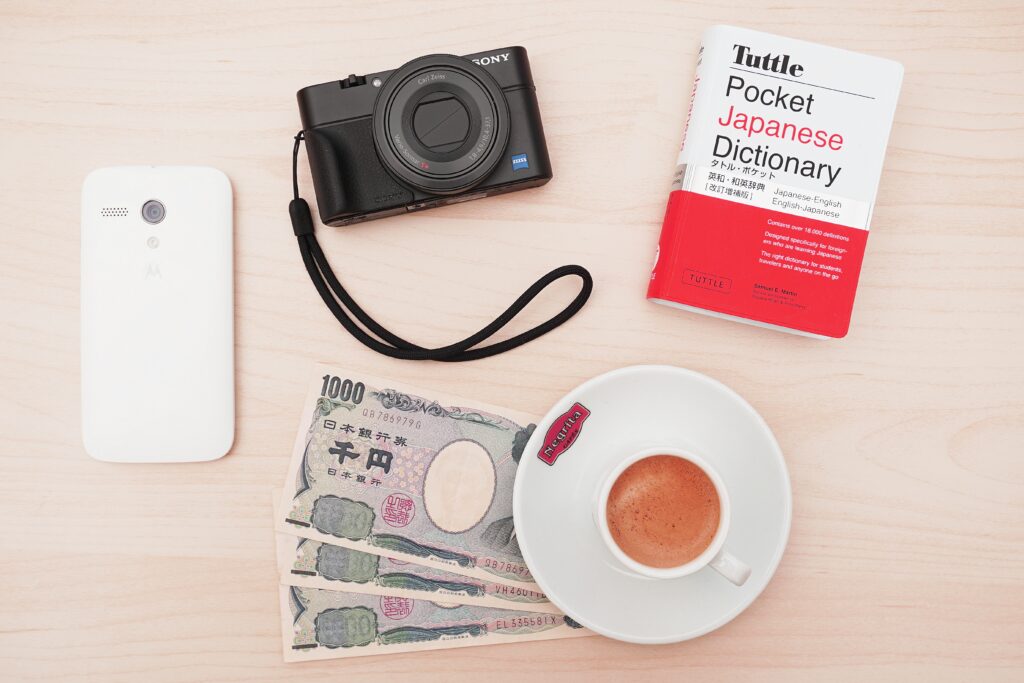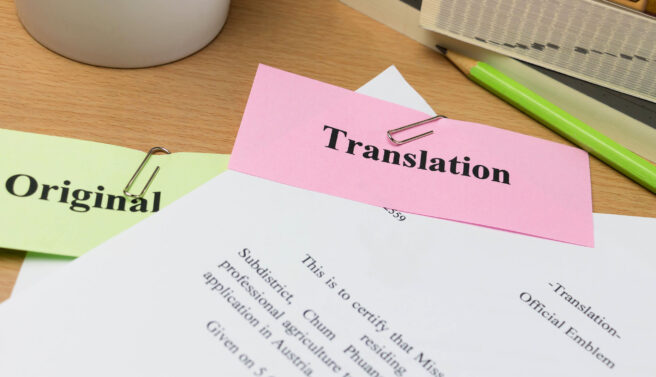The global economy we have today makes language translation services very much a part of it. But translation is much older than the concept of globalization that we know right now. Since ancient times, translation has served its purpose for survival, trade and emotional.
Have you ever wondered how language translation services started? What does the future of translation look like? Translation is a service that not many people know or understand, so to satisfy your curiosity about this complex service that serves almost all industries, let us trace its development over the years.
Translation services
Translation means to carry or bring across in Latin. Another term, this time from the Greek language, is metaphrasis (to speak across), which became the origin of metaphrase, a term meaning word-for-word translation.
Document translation services
In ancient times
A Sumerian poem titled Gilgamesh had translations into different Asian languages during the Mesopotamian era (around 2000 BC). Other known ancient translations include Indian texts translated into Chinese by Buddhist monks and Greek texts translated by Romans. Records prove that Horace and Cicero used translators. Likewise, Arabic scholars translated many of the works of Greek academics, which led to the spread of their knowledge and their works.
In 3000 BC, the Old Testament was translated from Hebrew into Greek by a group of 70 scholars, known as the Septuagint.
Translation of religious texts
One of the most significant events in translation history is the rendering of the Bible into Latin. The task was undertaken by Saint Jerome around the latter part of the 4th century AD. His version of the translation is the basis for future translations of the Bible that the Roman Catholic Church uses. This particular work made St. Jerome the patron saint of translators.
Fifth century onwards
The use of the Latin language was widespread from the 5th century AD, so there were very little significant translation works done during this era.
Things started to change beginning in the 9th century, when England’s King Alfred the Great had Bede’s Ecclesiastical History and The Consolation of Philosophy written by Boethius, translated into English from Latin. These two major commissioned works contributed significantly to the development of English prose.
The foundations of modern Spanish began in the 12th to 13th centuries in Toledo, Spain. Translators from the Escuela de Traductores de Toledo (Toledo School of Translators) initiated the process. The translators came from all over Europe, united to translate various philosophical, religious, scientific, and medical texts written in Arabic, Greek, and Hebrew into Latin and Castilian languages.
In the 13th century, King Alfonso X of Castile ordered the same group of translators to translate various works into Castilian, which paved the way to the development of the Spanish language.
A century later, John Wycliff translated the Bible from Latin to English. It was the first English translation of the Holy Book. Several other texts were translated into English during this period. The works of Boethius, which were written in Latin, were translated into English by Geoffrey Chaucer. He also undertook the French to English translation of Le Roman de la Rose, a poem written initially by Guillaume de Lorri, with significant contributions from Jean de Meun 45 years later.
Early Renaissance
Language translation services flourished further during the 15th century, with more translators rendering various texts into Latin primarily, and into other languages. Aside from religious texts, translators worked on classic tales about Lancelot and Guinevere, Merlin, King Arthur, and the Knights of the Round Table.
With the introduction of modern printing methods, several translators were commissioned to translate the Bible into other languages, such as Polish, Dutch, French, Spanish, and Slovene, plus updated versions in English.
Modern era
Due to the lack of regulations regarding translation, many of the translators in the past did literal translations. But several authors, who were also doing translation work, such as Cervantes, described many flaws in translation. Different translators presented opposing views. Others were translating based on their own point of view, like John Dryden, who translated the work of Virgil according to the perspective of the Roman poet if he was transported to England.
On the other hand, Alexander Pope, who translated the Iliad, believed that a translator should not deviate from the original text.
Professional translation services
Faithfulness and transparency became the translation ideals at the latter half of the 16th century. Translators became concerned about accuracy in the translation, considered the context of the source material and how the rendition of the source text conforms to the grammar, syntax, and idiomatic requirements of the target language as the service becomes more professional.
Changes in how translators view their work occurred during the 18th and 19th centuries. There was no set rule on accuracy, but some initiatives started to appear. Martin Luther and Johann Gottfried Herder posit that translators should only translate into their mother tongue. Other translators said that translations should be easier to read, while others omitted parts that they did not understand or find boring. They were confident that the service should conform to their writing style and were not concerned if they had to do translations into languages they could hardly speak.
In the latter part of the 19th century, more changes in translation services were forthcoming. The Industrial Revolution introduced several things, including printing machines. Companies entering foreign markets required translation, leading to the formalization of the service.
The dawn of the Internet revolutionized the translation industry and globalization made the industry responsive to the need for effective communication, which carved the path to where language translation service is right now.
Medical translation services
Centuries back, translators helped in spreading medical knowledge through their translation work. Today, the concept is still the same. However, medical translation has become sectionalized. Medical translators should be subject matter experts, with knowledge of specific different terminology according to the branch of medical science. The translation process of translating medical texts and information remains the same. But it is faster and better with the help of translation tools, computers, and modern reference materials.
For fast and accurate translation services, get in touch with us at eTranslation Services. You can send us an email at [email protected] or call us at (800) 882-6058.




